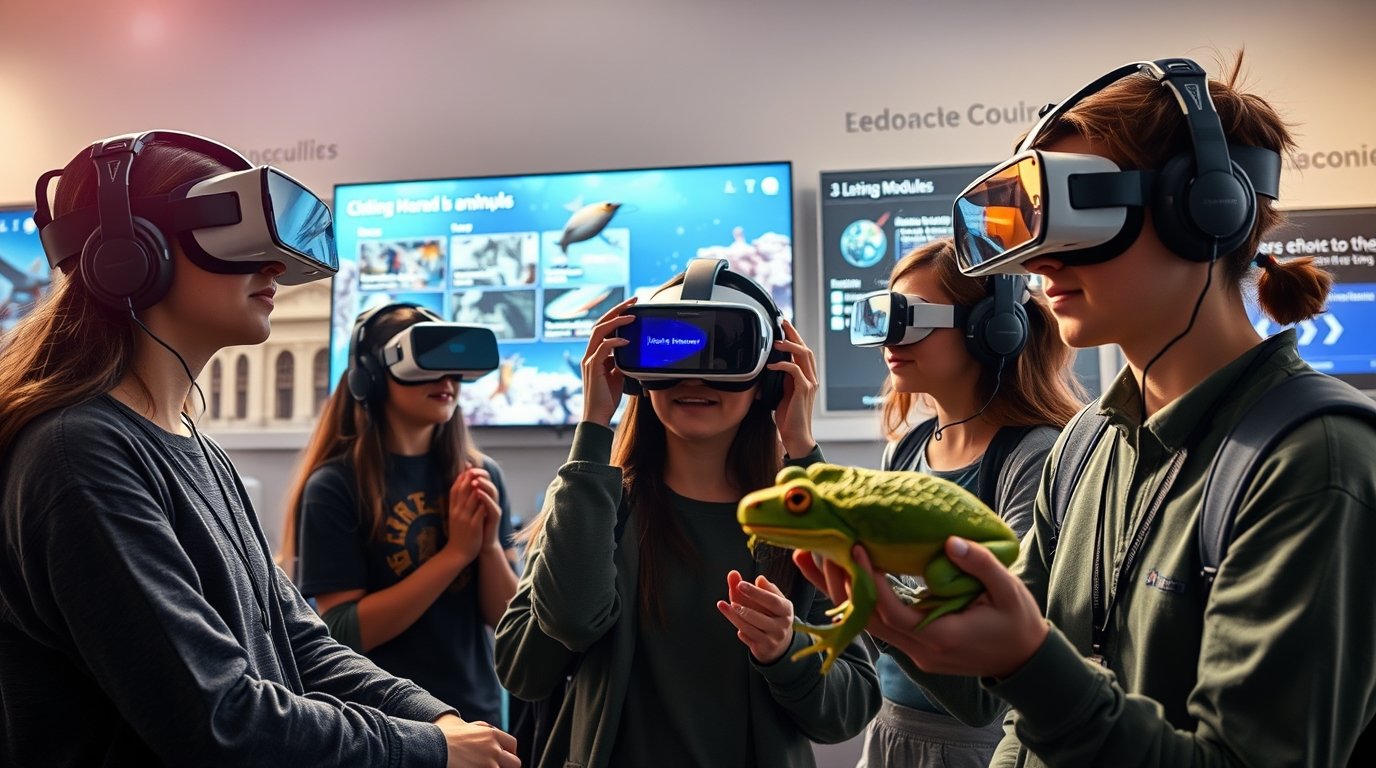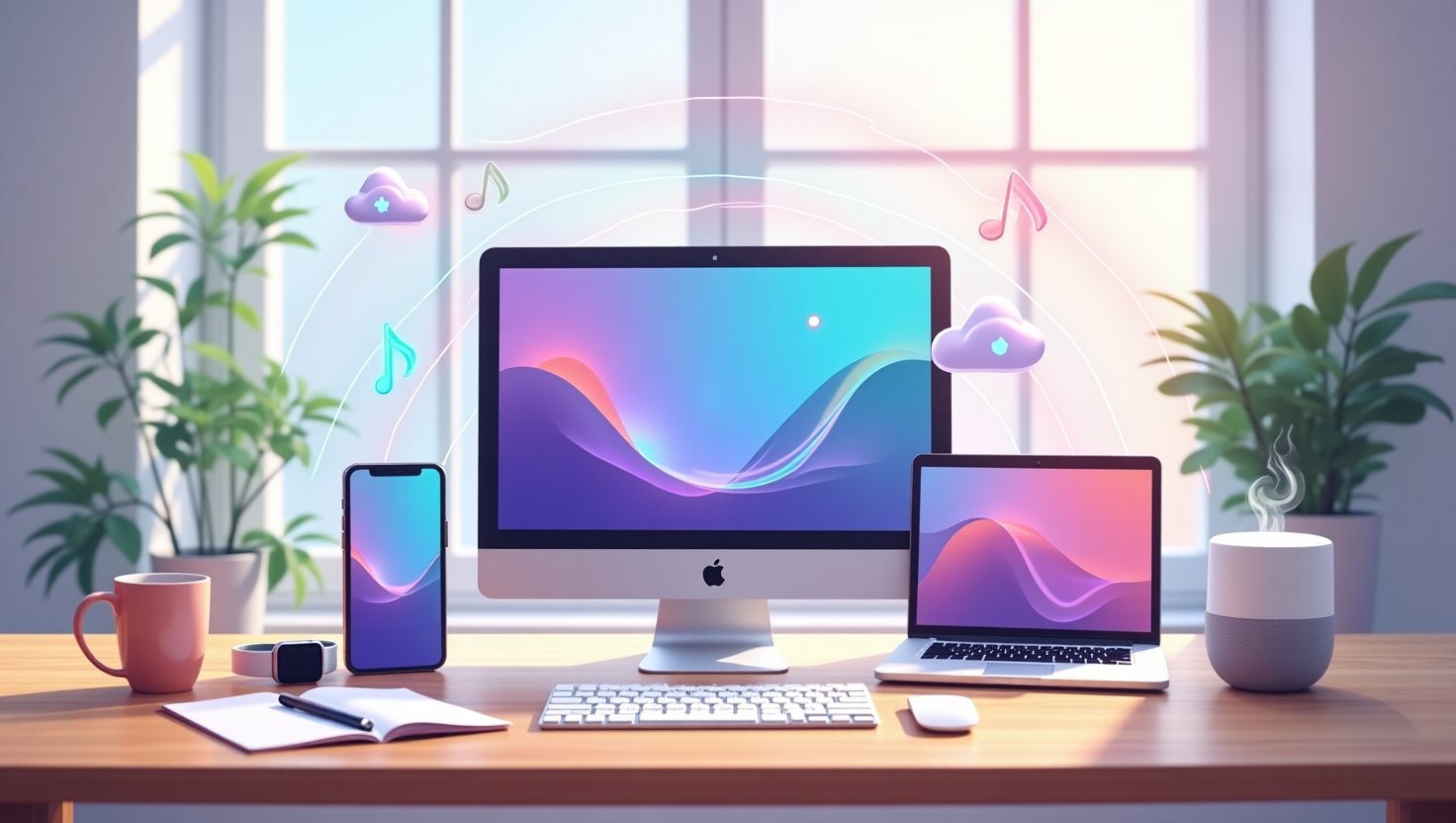Education in this world is facing a very profound transformation driven by the technological development changing traditional paradigms of learning. Among such promising innovations is virtual reality in education, with which new interactive and fascinating virtual surroundings for learning will possibly transform teaching and learning practices altogether.
What is Virtual Reality?
Virtual reality is a digital environment created through computer technology and gives a person a three-dimensional, immersive view. Users who have VR headsets can see virtual spaces as if they existed in real life. This technology was previously accessible only for playing video games and having fun; however, it is now expanding new avenues of education.
How VR Enhances Learning
- Immersive Experiences: With these immersive experiences in VR, students can walk through historic moments, swim in the ocean depths, and even explore space. The more control and agency the learner has over that experience, the more efficient that information is remembered compared to traditional means of learning.
- Hands-On learning: With biology, chemistry, and engineering, with VR, the subjects become all so tangible; a student can dissect virtually, conduct experiments, or assemble machinery without barriers of the physical.
- Personalized Learning: The VR can change the pace of learning and their preferences. With interactive modules, students can rewind to revisit complex concepts, so the learning process is more individualized.
- Accessibility: It breaks barriers for education with access to the same resources; hence, even those in the farthest, underprivileged places get to access high-quality content with VR platforms.
Applications of VR in Education
- STEM Education: Virtual labs and simulation allow complex scientific and mathematical ideas to make abstract ideas concrete.
- History and Geography: The student does not have to sit through lectures on ancient civilizations and distant lands but visits them in virtual.
- Medical Training: Practice surgical procedures or responses to emergencies without risks, dangers, or harm in a virtual environment.
- Special Education: VR can be the best tool for children who experience learning disabilities since it provides them with personalized, sensory-friendly exercises.
Benefits of VR in Education
- Enhanced Engagement: Interactive and exploratory, VR does not let the students lose focus or interest.
- Safe Learning Environment: Any mistakes, no matter how severe, won’t have real-life effects.
- Global Collaboration: Connecting diverse parts of the world together into virtual spaces.
- Cost Efficiency: With time, VR eliminates some costs, such as material and field trip expenses.
Challenges to Overcome
Adopting VR in education still faces challenges in terms of:
- High Initial Costs: It is a technology and infrastructure-heavy tool.
- Technical Issues: There is the problem of a school having access to steady internet and quality hardware for use.
- Teacher Training: Teachers are needed to have some form of training on the incorporation of VR in their practice.
- Content Development: Producing quality, curriculum-aligned VR content does not happen overnight and may require specialized expertise.
The Future of VR in Education
This means that the widespread proliferation of relatively cheap and accessible VR is likely to expedite the process of integrating VR into classrooms. Companies like tech are coming together with schools to bring about the best innovations in learning to their end-users. Additionally, the advancement of artificial intelligence and 5G connectivity will also make VR more immersive and impactful.



